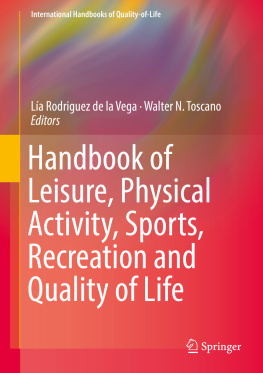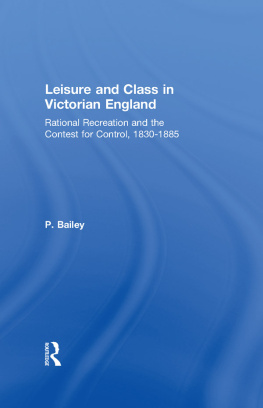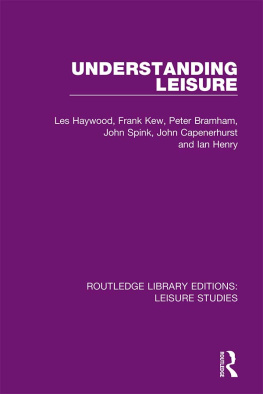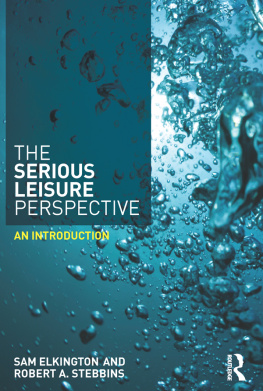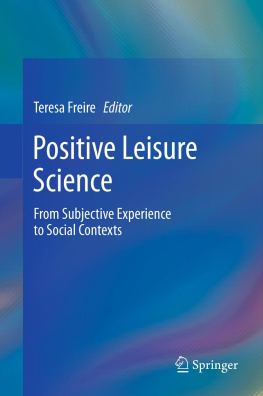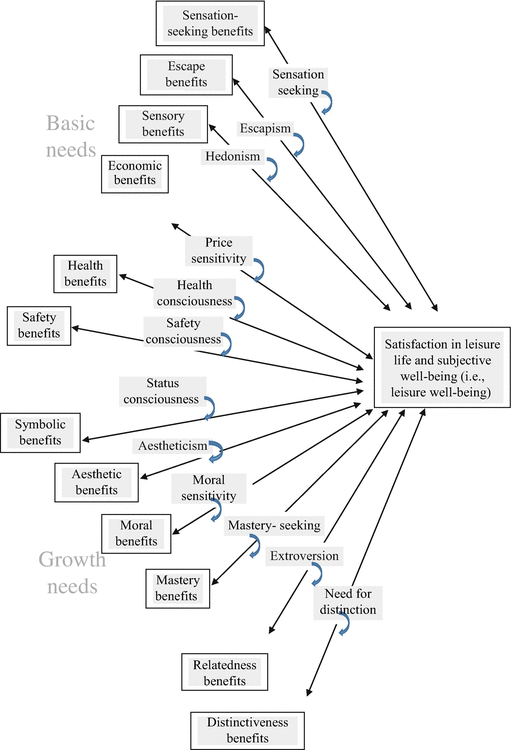1.1 Introduction
Past research has linked leisure activities (e.g., visiting family and friends, playing sports, watching television, listening to the radio, taking tourist trips, walking for pleasure, camping, making art, and/or using the internet) with subjective well-being (e.g., Andrews and Withey ).
Our focus here is to use bottom-up spillover theory of life satisfaction to build a theory of leisure well-being (see Sirgy ).
1.2 The Theory
Our theory of leisure well-being is heavily influenced by concepts from Maslows () individual needs. Hence, our theory reflects theoretical notions related to how a leisure activity is motivated by a set of benefits as reflected in the seminal works of Deci/Ryan, Inglehart, Maslow, Murray, and Schwartz.
We believe that every leisure activity is associated with certain goals--benefits related to basic needs (safety, health, economic, hedonic, escape, and sensation-seeking) as well as growth needs (symbolic, aesthetic, moral, mastery, relatedness, and distinctiveness benefits). The central tenet of the theory is that a leisure activity contributes significantly to leisure well-being if it delivers a range of benefits related to both basic and growth needs (see Fig. ).
The psychological mechanism linking perceived benefits from a leisure activity and satisfaction in leisure life and subjective well-being can be explained using bottom-up spillover theory (e.g., Neal et al. ).
We categorize the benefits related to a leisure activity in terms of basic versus growth needs (Maslow ). Leisure benefits related to basic needs include safety, health, economic, hedonic, escape, and sensation-seeking benefits. In contrast, leisure benefits related to growth needs include symbolic, aesthetic, moral, mastery, relatedness, and distinctiveness benefits. We will discuss these benefits and how they contribute to leisure well-being (i.e., satisfaction in leisure life and subjective well-being) in the sections below.
1.3 Leisure Well-Being Derived from Satisfaction of Basic Needs
One can argue that leisure well-being is mostly determined by leisure activities that have value derived from benefits related to basic needs such as safety, health, economic, sensory, escape, and sensation-seeking benefits (see Fig. ).
1.3.1 Leisure Well-Being Derived from Safety Benefits
Leisure participants most often consider the safety features of leisure activities when they make satisfaction judgments about a leisure activity after engaging that activity (Beck and Lund ). Formally stated, leisure well-being derived from a leisure activity is a positive function of the individuals perception that the activity is safe. As such, increased safety benefits associated with a leisure activity (e.g., a person playing racquetball for leisure perceives a specific game to be safe because the players are required to wear protective eyewear) should also increase positive affect and decrease negative affect in leisure life.
We can add another personality factor that can further interact with perceived safety of the leisure activity, namely safety consciousness (e.g., Best et al. ). That is, leisure participants are likely to vary along safety consciousness. Those who might be highly safety-conscious and perceive the leisure activity to be unsafe are not likely to experience significant gains in leisure well-being. In other words, we believe that there is an interaction effect between perceived safety and safety consciousness on leisure well-being.
1.3.2 Leisure Well-Being Derived from Health Benefits
Leisure participants also consider the health benefits of leisure activities when they make judgments about a leisure activity before and after engagement (e.g., Blank et al. ). For example, having played a good game of racquetball, the racquetball player may experience leisure satisfaction if the individual perceives significant health benefits accrued from playing the game. How many calories were lost? Increases in muscle tone? Benefits to the cardiovascular system? Etc. That is, perceived health benefits should contribute to satisfaction with the leisure activity.
Past research suggests a positive relationship between leisure activities that have health benefits and subjective well-being. For example, Newman et al. () found that male and female students who are more involved in higher-level physical, leisure activities experience higher levels of psychological well-being.
Additionally, some people are more health conscious than others (e.g., Careless and Douglass ). If so, then one can easily argue that leisure activities perceived to be produce health benefits are likely to contribute significantly to leisure well-being (i.e., satisfaction in leisure life and subjective well-being) for health-conscious than nonhealth-conscious individuals.
1.3.3 Leisure Well-Being Derived from Economic Benefits
Economic needs are also involved in satisfaction judgments of leisure activities. Leisure participants may ask themselves whether the leisure activity is justified by the money spent (acquisition utility), as well as whether the money spent on the activity is a good deal compared with the expected cost (transactional utility) (Thaler ).
Additionally, some leisure participants are more financially frugal than others (Bove et al. ). If so, then one can easily argue that leisure activities that have significant economic benefits are likely to contribute significantly to satisfaction in leisure life and subjective well-being (i.e., leisure well-being) for financially frugal than non-frugal individuals.

